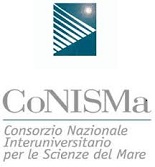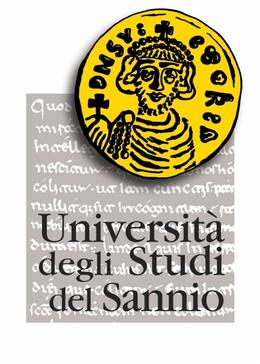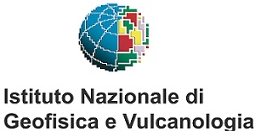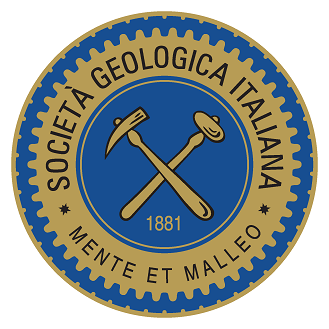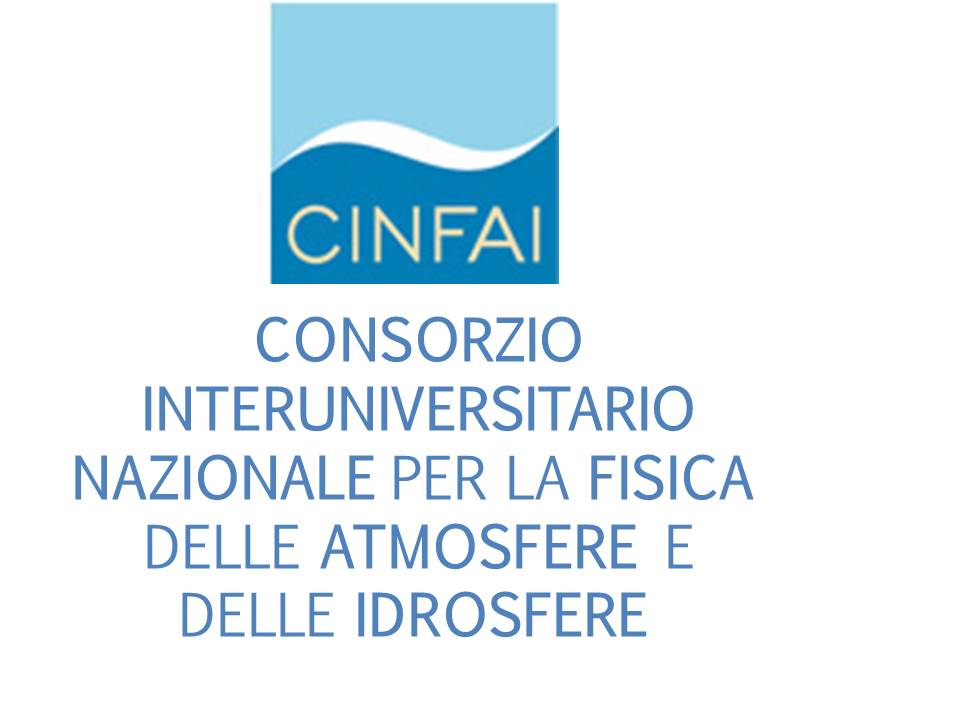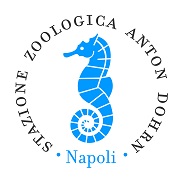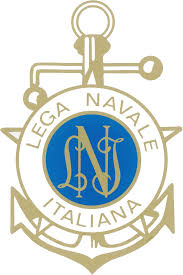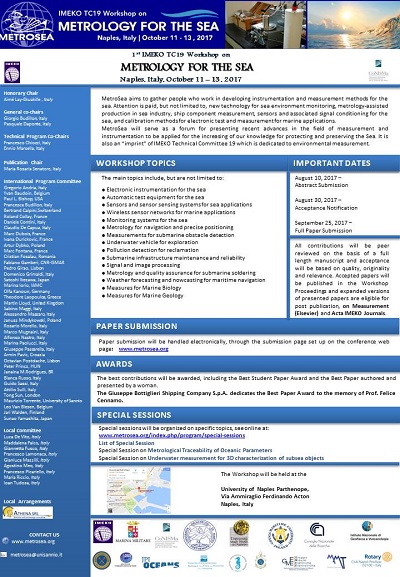CAMPANIA
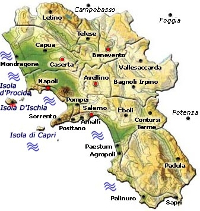 Campania, in the southwest of Italy, has a territory which stretches from its beautiful Tyrrhenian coastline and islands to the beautiful green plains and hills of the Apennines, a natural border to the eastern region of Puglia .
Campania, in the southwest of Italy, has a territory which stretches from its beautiful Tyrrhenian coastline and islands to the beautiful green plains and hills of the Apennines, a natural border to the eastern region of Puglia .
It is a region rich in history, from the Etruscan era, to the ancient Greek and Roman days, to the invasions of the Normans and Lombards, to being the cardinal point of the Kingdom of the Two Sicilie, which lasted until the unification of Italy. Driving the length of Campania is bearing witness to the passing of time, because every town, every corner holds treasures.
Campania has many beautiful cities as the region’s capital Naples, Sorrento, Amalfi, Benevento, Avellino, Caserta, all museums themselves; and the delightful islands of Capri and Ischia. Not to forget the marvel of the Vesuvius volcano and the archeological and historical cities of Pompeii and Herculaneum.
- Pompeii
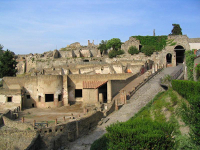 The city of Pompeii was an ancient Roman town-city near modern Naples in the Italian region of Campania, in the territory of the comune of Pompei. Pompeii along with Herculaneum and many villas in the surrounding area, were mostly destroyed and buried under 4 to 6 m (13 to 20 ft) of ash and pumice in the eruption of Mount Vesuvius in 79 AD.
The city of Pompeii was an ancient Roman town-city near modern Naples in the Italian region of Campania, in the territory of the comune of Pompei. Pompeii along with Herculaneum and many villas in the surrounding area, were mostly destroyed and buried under 4 to 6 m (13 to 20 ft) of ash and pumice in the eruption of Mount Vesuvius in 79 AD.
Researchers believe that the town was founded in the seventh or sixth century BC and was captured by the Romans in 80 BC. By the time of its destruction, 160 years later, its population was probably approximately 20,000, with a complex water system, an amphitheatre, gymnasium and a port.
The eruption was cataclysmic for the town. Evidence for the destruction originally came from a surviving letter by Pliny the Younger, who saw the eruption from a distance and described the death of his uncle Pliny the Elder, an admiral of the Roman fleet, who tried to rescue citizens. The site was lost for about 1500 years until its initial rediscovery in 1599 and broader rediscovery almost 150 years later by Spanish engineer Rocque Joaquin de Alcubierre in 1748. The objects that lay beneath the city have been well preserved for thousands of years because of the lack of air and moisture. These artifacts provide an extraordinarily detailed insight into the life of a city during the Pax Romana. During the excavation, plaster was used to fill in the voids between the ash layers that once held human bodies. This allowed one to see the exact position the person was in when he or she died.
Pompeii has been a tourist destination for over 250 years. Today it has UNESCO World Heritage Site status and is one of the most popular tourist attractions of Italy, with approximately 2.5 million visitors every year.
- Amalfi
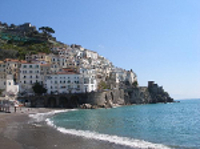 Amalfi is a town and comune in the province of Salerno, on the Gulf of Salerno. It lies at the mouth of a deep ravine, at the foot of Monte Cerreto (1,315 metres, 4,314 feet), surrounded by dramatic cliffs and coastal scenery. The town of Amalfi was the capital of the maritime republic known as the Duchy of Amalfi, an important trading power in the Mediterranean between 839 and around 1200.
Amalfi is a town and comune in the province of Salerno, on the Gulf of Salerno. It lies at the mouth of a deep ravine, at the foot of Monte Cerreto (1,315 metres, 4,314 feet), surrounded by dramatic cliffs and coastal scenery. The town of Amalfi was the capital of the maritime republic known as the Duchy of Amalfi, an important trading power in the Mediterranean between 839 and around 1200.
In the 1920s and 1930s, Amalfi was a popular holiday destination for the British upper class and aristocracy.
Amalfi is the main town of the coast on which it is located, named Costiera Amalfitana, and is today an important tourist destination together with other towns on the same coast, such as Positano, Ravello and others. Amalfi is included in the UNESCO World Heritage Sites.
Capri and Ischia Capri still retains its beautiful appeal, which drew the Roman Emperors there – in particular Tiberius - during the I century AD. The island is famous for its grottoes, but it is also a good place for walking. The “Blue Grotto” is a cave bathed in blue iridescent light, which can be only be reached by boat.
Capri still retains its beautiful appeal, which drew the Roman Emperors there – in particular Tiberius - during the I century AD. The island is famous for its grottoes, but it is also a good place for walking. The “Blue Grotto” is a cave bathed in blue iridescent light, which can be only be reached by boat.
Ischia with its beach resorts, thermal springs, therapeutic sands it is less famous than Capri but in no way less beautiful and it is well-known for its peace, stillness and relaxing atmosphere.
- Caserta
- Caserta, the "royal" city, seat of the wonderful Reggia Vanvitelliana, is very ancient and it maintains one of the most impressive medieval towns in Italy.
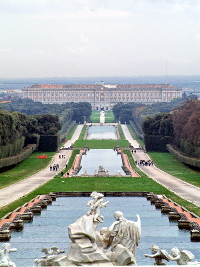 Known in ancient times as Galatea, its origin is Etruscan and it already existed in the 9th century BC. Later it was occupied by the Samnites and the Romans. The first Latin populations that occupied Caserta gave it the name of "Saticula" and, later, of "Casa Hirta", whence the current name.
Known in ancient times as Galatea, its origin is Etruscan and it already existed in the 9th century BC. Later it was occupied by the Samnites and the Romans. The first Latin populations that occupied Caserta gave it the name of "Saticula" and, later, of "Casa Hirta", whence the current name.
Starting in the Middle Ages, the city saw the alternation of various dominations. First the Longobards and the Normans, who constituted the Casertan State. Then it was dominated by the Swabians and the Angevins, before going to the Aragonians and the Bourbons. Precisely in this period the city went through its maximum splendour, when Charles III of Bourbon and Amalia of the Saxons chose it as their royal residence and commissioned architect Luigi Vanvitelli to start the building works of the Reggia
Of course visiting Caserta has to start from the Reggia. This work is an 18th century art masterpiece and it was designed following the project of Versailles, where Charles III had been educated. The visit of the Royal Palace takes up a lot of time, but what your eyes will look onto is worth any effort. The centre of the building is filled by the Scalone or large staircase, where you can see the allegorical figures of Majesty, Virtue and Merit. The inside of the Reggia is a constant follow through of architectonic and painting masterpieces of neo-classic style, from the antechambers to the royal apartments there are frescoes by Domenico Mondo, canvases by Philipp Hackert and sculptural complexes by Vanvitelli himself. A special mention is deserved by the immense outer gardens where, with the extraordinary water games, you can admire interesting marble sculptures. As well as the Reggia, Caserta has other attractions. The city preserves a beautiful medieval town, "casertavecchia", where you can see the remains of a castle dating back to the 11th century and a Cathedral built in the 12th century. Nearby, in S. Maria Capua Vetere, there is a Roman amphitheatre, one of the few monuments that has survived until today, dedicated to the cult of God Mitra.


